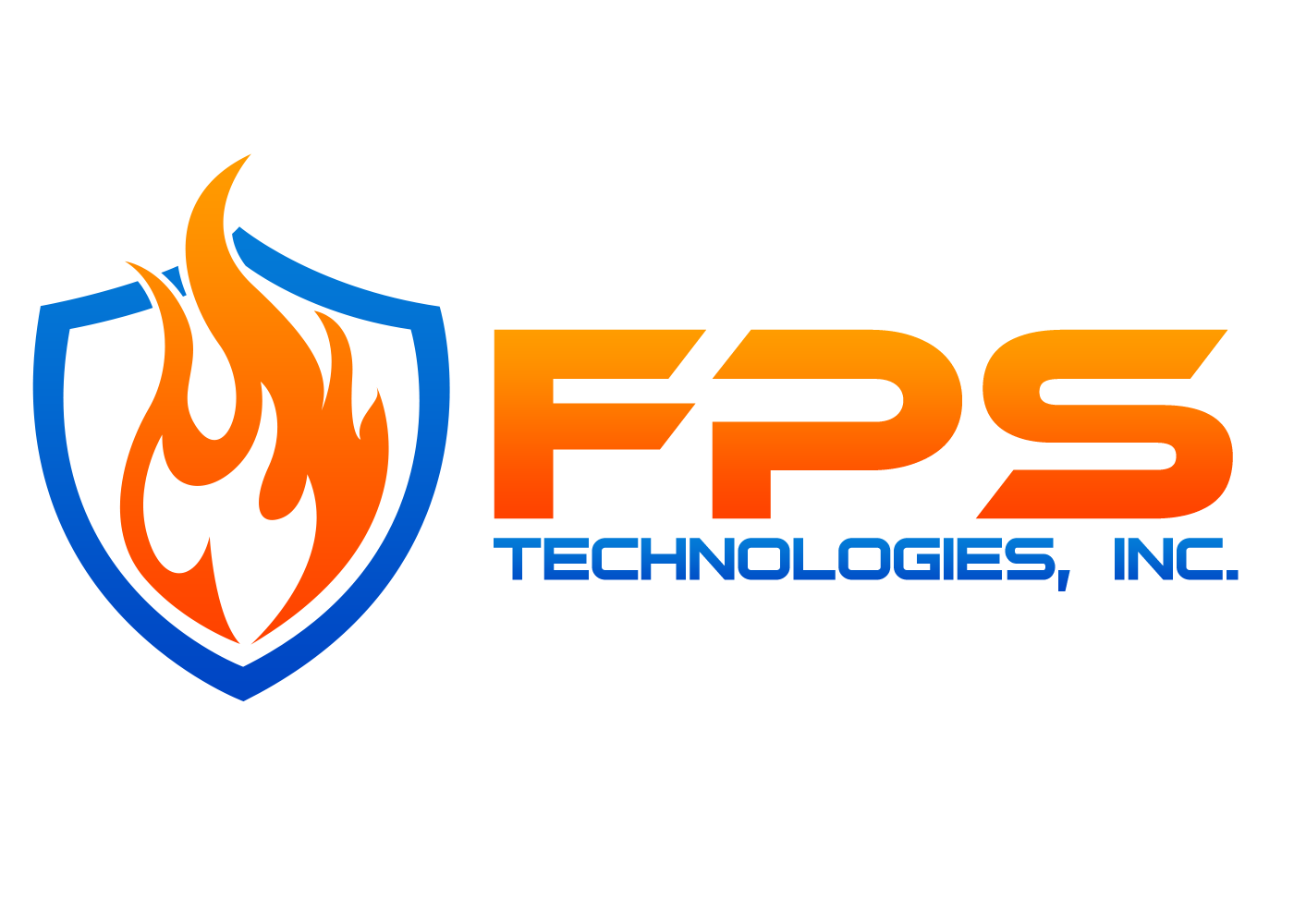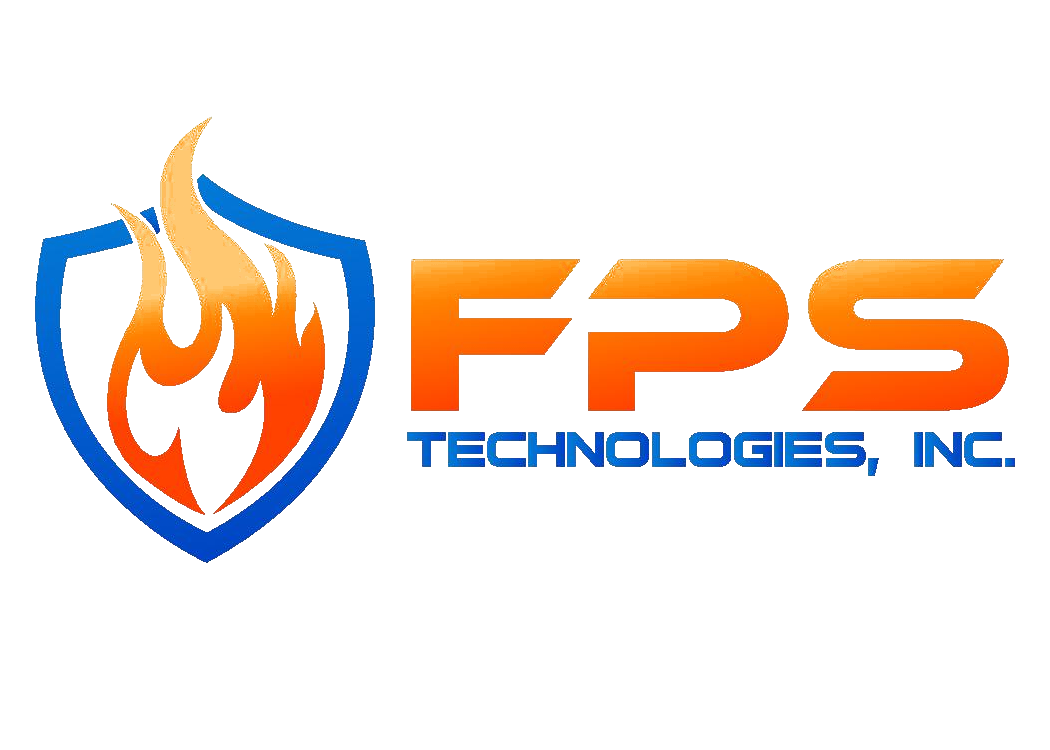Sprinkler systems are a fundamental piece of your building’s fire protection system. Though they're not the only method of fire protection you should have, they’re a great first line of defense. You might be surprised to learn that there are actually two main types of sprinkler systems: wet and dry. Both of these systems use water to extinguish a fire, but they do so in different ways.
What’s the difference between a wet and dry sprinkler system? Is one better for your building than the other? Read on to find out.
How does a wet sprinkler system work?
Wet sprinkler systems are the most common type of sprinkler system. They’re called “wet” because they have a system of pipes filled with pressurized water. When a sprinkler head detects heat, it activates, and the system immediately discharges the stored water to extinguish the flames.
How does a dry sprinkler system work?
Though the name might be deceiving, dry sprinkler systems do use water to extinguish fires. Instead of storing the water inside the pipes, dry sprinkler systems use nitrogen or pressurized air to keep a remote valve, also called a dry pipe valve, closed. When the system is not in use, the pipes are water-free, which is why they’re called dry systems.
When a sprinkler head detects heat, the element in the head is triggered and the pressure in the pipes drops, which opens the dry pipe valve. Once the valve is open, water flows through the pipes to extinguish the fire.
How do you know which sprinkler system is right for you?
Now that you understand the difference between wet and dry sprinkler systems, it is time to figure out which is right for your building. There are a few factors you should consider when you are choosing a sprinkler system:
- What type of items are you protecting from a fire?
- What temperatures will your space(s) experience?
- What type of response time are you looking for from fire detection to water activation?
- How much system maintenance are you willing to perform?
The items you’re protecting
The items you’re protecting from a fire should influence which sprinkler system you choose. Are you protecting water-sensitive equipment? A dry sprinkler system may be better because it does not store water in the pipes, so if there is a leak or malfunction, your equipment won’t get wet.
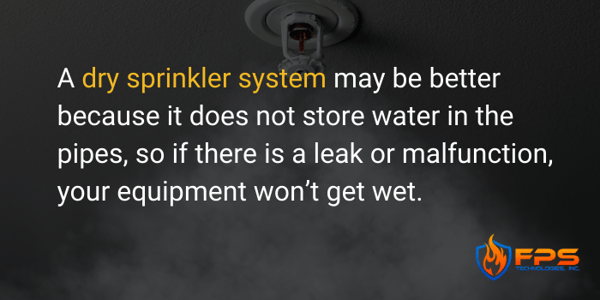
Temperature
Are you looking to install a sprinkler system in an area where the temperature gets below 40°F, like a parking garage or unheated warehouse? If so, using a dry sprinkler system is your best option. Dry systems can function at a wide variety of temperatures – both hot and cold.
Wet sprinkler systems, however, are not well-suited to spaces where the temperature falls below 40°F. When the temperature drops, the water in the pipes can freeze. Frozen water naturally expands, so it can make your pipes burst, which leads to expensive repairs.
Response time
If a short response time is an important factor for your building, then a wet system may be the best choice. Since water is already present in a wet system’s piping, it begins spraying immediately when a sprinkler head detects heat.
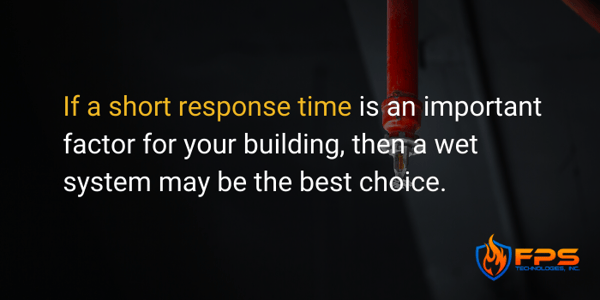
On the other hand, dry systems have a slower response time because the water has to travel from the storage area to the activated sprinkler head. As the distance between the water source and sprinkler head increases, so does the response time. It can take up to 60 seconds for the water to reach a far away sprinkler head in a dry system.
Maintenance and system simplicity
Are you looking for a low-maintenance, reliable fire protection system? Then a wet sprinkler system is the best choice for you. Wet systems are easier to reset after they activate from a fire. All you have to do is replace the sprinkler heads that opened, and then fill the piping with water again.
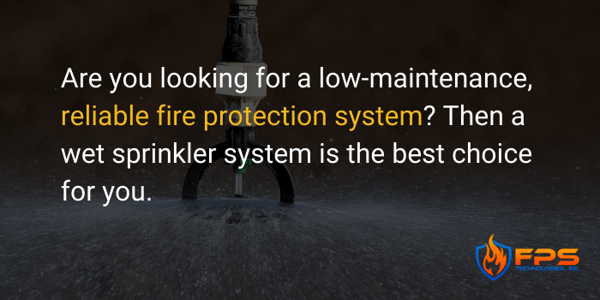
Dry systems are more difficult to reset after they activate. In a dry system, the piping has to be drained entirely of water and then refilled with compressed nitrogen or air. Even if your dry system doesn’t activate, it’s essential to keep water out of the pipes, so you should drain the system each quarter to be sure that it’s moisture-free. Neglecting to do so can lead to the same frozen pipe problems that wet systems face.
Want to make sure you choose the right sprinkler system?
Fire damage can be a huge financial blow to your business, but a sprinkler system is a reliable way to help suppress a fire and minimize damage to your equipment and building. The two most common systems, wet and dry, offer different advantages depending on the space and equipment you’re protecting. Still not sure which system is right for you? Get in touch with an FPS technician to discuss which is best for you.
